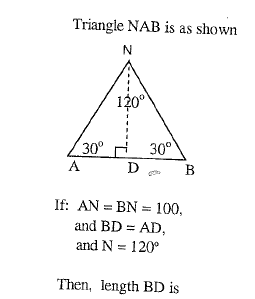Prime Power Test Technician Level 2 Practice Exam 1 Of 3 (Safety)
- IEEE
- OSHA
2.
You may optionally provide this to label your report, leaderboard, or certificate.
×
Thank you for your feedback!
















